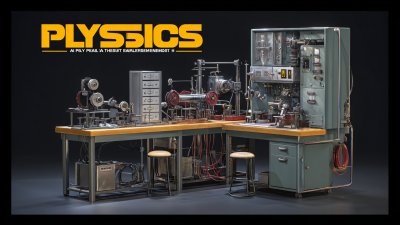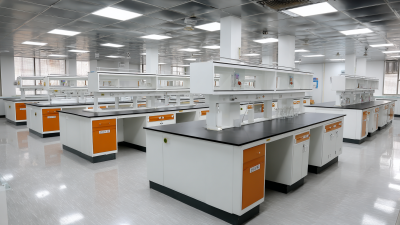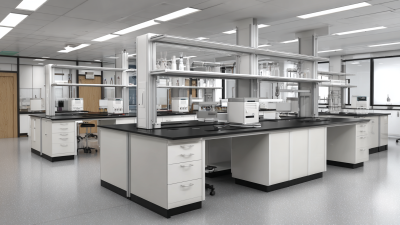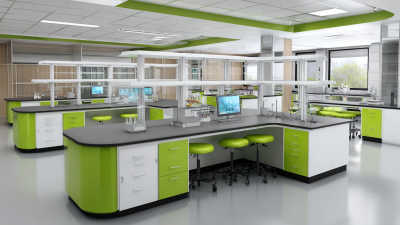In the realm of scientific research, selecting the appropriate Laboratory Table is crucial for efficiency and productivity. According to a recent report by ResearchAndMarkets, the global laboratory furniture market is expected to reach $4.5 billion by 2025, highlighting the increasing demand for well-designed laboratory spaces that facilitate precision and safety. A functional and ergonomic laboratory table not only enhances the workflow but also significantly contributes to the overall success of research projects. Key considerations such as material durability, layout compatibility, and customization options play pivotal roles in ensuring that a laboratory table meets specific research needs. As laboratories continue to evolve with advancements in technology, the importance of choosing the right laboratory table has never been more pronounced, making informed decisions essential for researchers aiming to optimize their work environment.
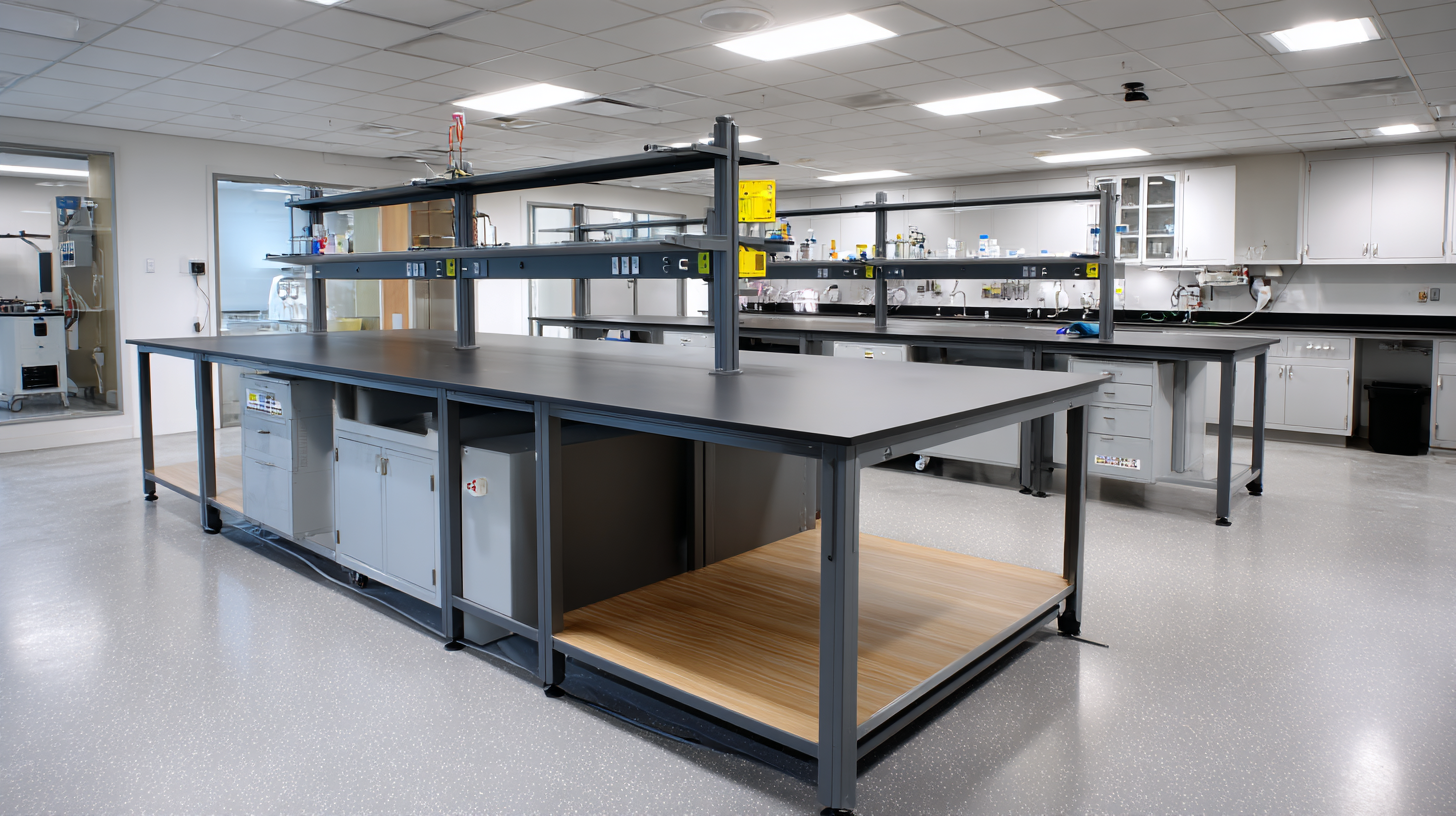
When selecting the right laboratory table, assessing the space requirements is crucial to ensure that the table fits seamlessly into your research environment. Begin by measuring the available space in your laboratory, taking into account not only the dimensions of the area but also the flow of movement around it. This includes pathways for walking and accessing equipment, as well as ensuring that you have enough room for added functionalities like storage or equipment attachments.
Consider the specific needs of your research activities as you assess the spatial requirements. Different research applications may require varying levels of surface area, height considerations, and specialized features, such as built-in sinks or electrical outlets. It's important to envision how the table will complement your workflow.
An efficiently designed laboratory table will not only enhance productivity but also contribute to maintaining an organized and safe work environment, fitting your unique operational layout while accommodating any future changes you may anticipate in your research focus.
When choosing a laboratory table, understanding the materials from which it is made is crucial to ensuring optimal performance in your research. Common materials for laboratory tables include laminate, epoxy resin, stainless steel, and hardwood. Each of these materials offers unique benefits; for instance, epoxy resin is highly resistant to chemicals and heat, making it ideal for chemistry labs, while stainless steel is easily sanitized, suitable for biological research environments.
**Tip:** Always consider the specific requirements of your experiments when selecting a material. For instance, if you work frequently with corrosive substances, a surface that can withstand chemical spills will drastically extend the life of your lab table.
Moreover, the impact of the table’s material on stability and durability should not be overlooked. Hardwood is aesthetically pleasing and provides a sturdy work surface, but it might not withstand harsh laboratory conditions. In contrast, laminate offers a cost-effective solution, but may not be suitable for heavy equipment.
**Tip:** Evaluate the workload and types of tasks performed on the table to make an informed decision. Tables designed for heavy-duty use tend to be constructed from sturdier materials, ensuring longevity in high-demand settings.
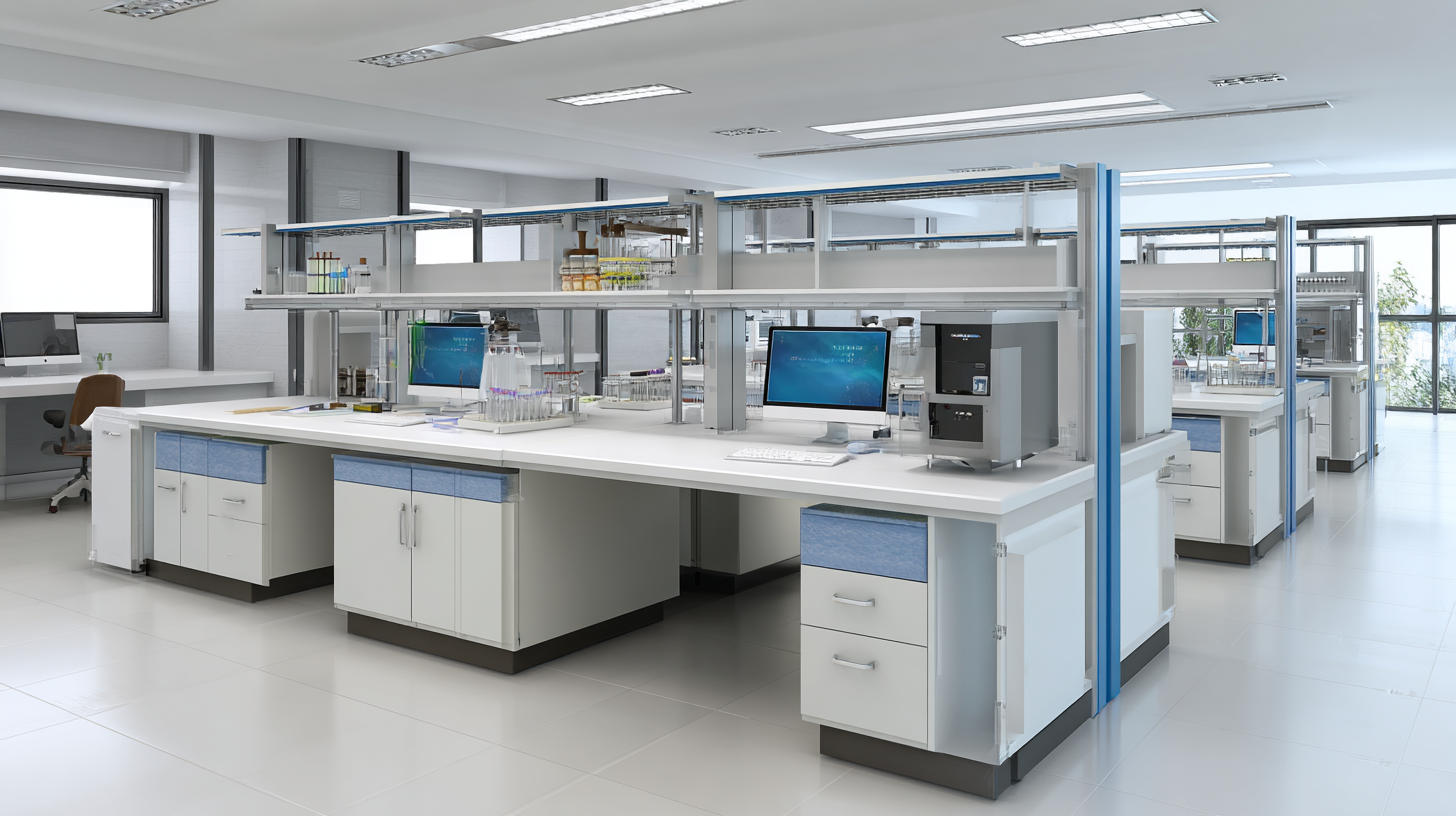
When selecting a laboratory table, evaluating load capacity and stability is crucial, especially for specific research applications. Different scientific tasks demand various levels of weight support; for instance, a table used for heavy equipment like centrifuges or analytical balances requires a higher load capacity compared to one meant for lighter, less demanding laboratory functions. Thus, understanding the weight requirements of your equipment and the materials you will be working with is fundamental in making an informed choice.
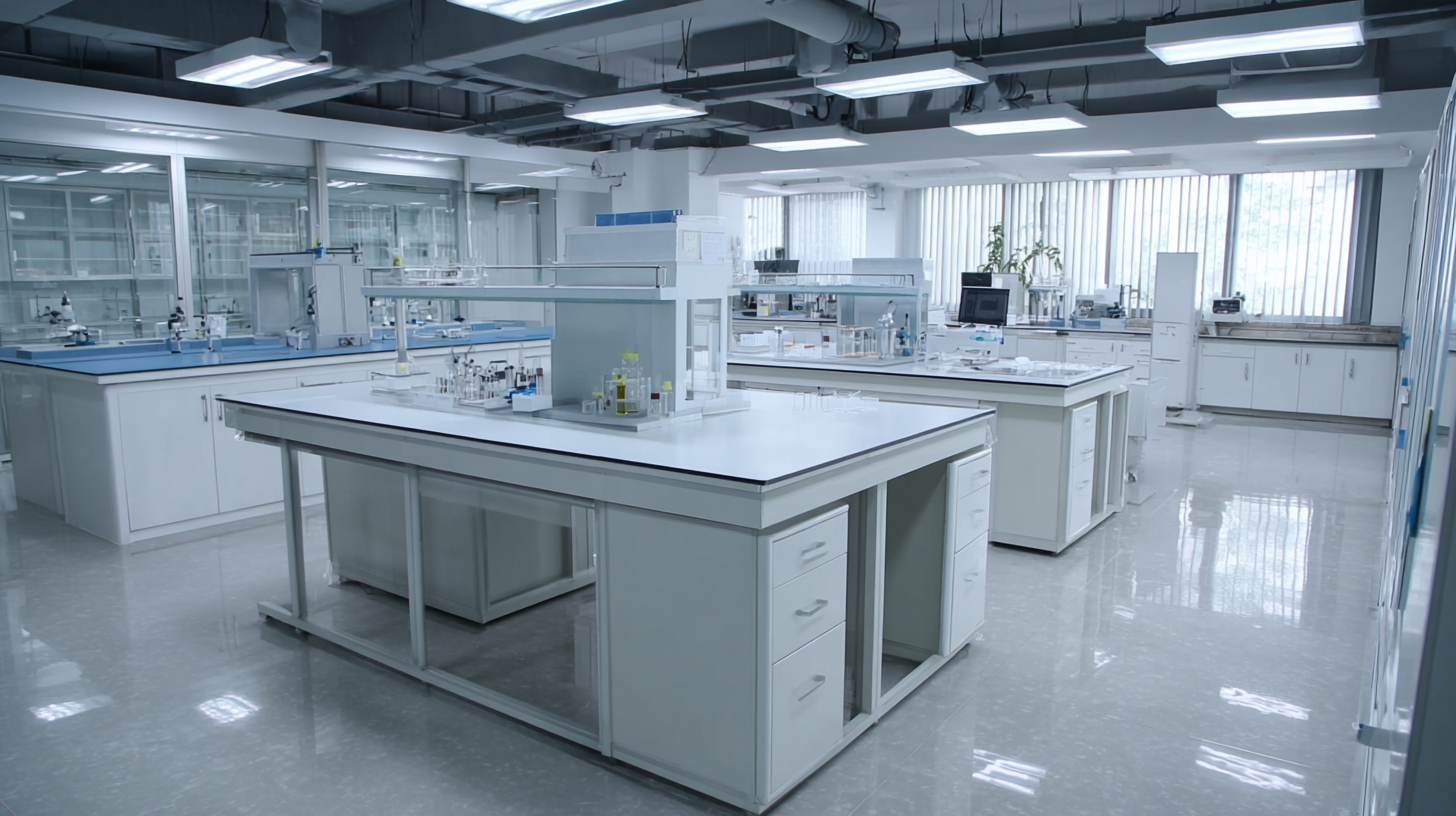
Stability plays a significant role in ensuring accurate results and safety in the laboratory environment. A sturdy, stable table can prevent vibrations that might interfere with sensitive experiments or calculations, such as those conducted with microscopes or precision instruments. It's important to consider not only the structural integrity of the table but also the design features such as leg supports and materials used in construction. By focusing on these factors, researchers can ensure that their laboratory tables meet the demanding conditions of their specific applications while providing a safe and efficient workspace.
When selecting a laboratory table for your research needs, considering ergonomic design features is crucial for enhancing research efficiency. An ergonomic table is designed to promote comfort and reduce strain, which directly impacts productivity and accuracy in research tasks. Features such as adjustable height settings allow researchers to customize their workspace according to their specific needs, thus minimizing the risk of repetitive strain injuries.
Additionally, incorporating ample workspace and adequate storage options can further improve functionality. A lab table that offers sufficient surface area can accommodate various instruments and materials without creating clutter. Meanwhile, built-in storage solutions like drawers and shelves can help keep essential tools within easy reach, allowing researchers to focus on their work rather than searching for supplies. Investing in a well-designed laboratory table not only boosts physical comfort but also enhances overall research output through streamlined organization and accessibility.
| Feature | Description | Importance |
|---|---|---|
| Adjustable Height | Allows the user to modify the table height based on individual needs. | Enhances comfort and reduces strain during prolonged use. |
| Material Durability | Tables made from resistant materials such as phenolic resin or laminate. | Increases longevity and resistance to spills and chemicals. |
| Ergonomic Design | Designed to minimize physical exertion and maximize worker efficiency. | Reduces the risk of musculoskeletal injuries. |
| Mobility Features | Includes wheels or casters for easy movement around the lab. | Increases efficiency by facilitating quick repositioning. |
| Surface Finish | Smooth surfaces that are easy to clean and maintain. | Promotes hygiene and maintains a safe working environment. |
| Storage Solutions | Integrated shelves and drawers for convenient storage of lab materials. | Organizes workspace and reduces clutter. |
When selecting a laboratory table tailored to specific research needs, customization becomes a pivotal factor. According to a report by Research and Markets, the global laboratory furniture market is expected to reach $3.8 billion by 2027, driven by the increasing demand for specialized laboratory environments. Choosing a laboratory table that allows for customization ensures that the workspace can adapt to various scientific applications, from biology to chemistry.
Customization options can include adjustable height features, specialized surfaces, and integrated storage solutions. For instance, a study published in the Journal of Laboratory Automation highlights that laboratories with height-adjustable tables reported a 30% increase in researcher comfort and productivity. Furthermore, selecting materials that resist chemical spills and wear can significantly prolong the lifespan of the furniture, which is crucial for high-throughput labs. By investing in customizable laboratory tables, research institutions can create a functional and efficient workspace tailored to their unique operational demands.
